Europe was changing. We'd experienced the revolutionary Autumn of Nations in 1989, which began in Poland and soon spread like wildfire behind the Iron Curtain.
By the end of that year, democracy had returned to Czechoslovakia. Just a year later, the very linchpin of communism, the Soviet Union, fell apart. And Yugoslavia was soon to follow, violently disintegrating into several Balkan states from 1992.
And so, unbeknownst to Autocar's testers, our November 1990 test of the three superminis representing these countries (or 'cheaps from the old Bloc', as we put it) was, in a way, the last hurrah for commie cars — loved and maligned as they had been by the British public for the previous decades.
Those three cars were the Skoda Favorit 136LX (£5446), the Lada Samara 1300SL (£5549) and the Yugo Sana 1.4 (£5495). Each was front-engined and front-wheel drive and the result of their overseers' swallowing of national pride. Italians and Germans had helped Skoda; Brits had done work for Lada; and Italians had assisted Yugo.

Which was the best bet?
"None of these cars will be bought for its performance," we said, "but all will provide adequate mobility for the family and none can be considered underpowered.
"As expected, the Yugo, with a Fiat Tipo 70bhp 1.4-litre engine, has the legs on the others. It will buzz and thrash its way to 97mph, passing 60mph in 13.2sec and managing 30-70mph in 14.1sec. Quite why the engine feels and sounds so gruff in this installation is a mystery.
"The Lada isn't far behind. The Soviet's 65bhp 1.3-litre iron/alloy engine, with siamesed valves in a non-crossflow cylinder head, doesn't savour revving. Only the cloth-eared will extract all of the available performance. It runs out of puff at 93mph, reaches 60mph in 13.4sec and records a 30-70mph time of 15.6sec.
"The Skoda, with the least powerful, 62bhp all-alloy engine, will hit 92mph, pulls lustily past 60mph in 14.3sec and keeps the driver waiting for 15.7sec during the 30-70mph increment. It makes up for its less spritely performance by having by far the most responsive, eager engine.

"The Lada is a stable and unfussed motorway cruiser — probably this car's best feature — while the Yugo trundles along at a respectable pace, but with more engine noise intrusion than can reasonably be expected and an accompanying chatter of creaks and rattles from poorly fitted interior trim items.
"The Lada's brakes are, by far, the least effective of the bunch. Travel is long and a continuous push would have the pedal go all the way down to the carpet. Stopping power was weak and, if stamped on hard, there was evidence of premature rear wheel lock-up."
The Skoda also came to the fore in terms ride and handling: "By any standards of the popular hatch market," we continued, "it's well suspended, reasonably composed and able to soak up most that's thrown at it. But it does suffer from slightly insipid damping which can sometimes be felt at the most unexpected times: for instance, during motorway cruising. The Lada lacks composure, as does the Yugo.
"The Lada jolts in and out of ruts and ridges, sometimes sending quite severe shocks through the bodyshell. It likes things to be smooth, and provided nothing upsets the suspension mid-corner, it shows a safe, progressive, understeering stance.

"The Yugo takes unresponsive steering to a new low in this company. On home-produced tyres, its steering is unacceptably heavy at parking speeds, and though less effort is required as speed increases, it remains decidedly dead and stodgy. The ride is lively and uncoordinated, larger shocks being heard (and felt) as they are fed through the bodyshell. The Yugo is a dogged and determined understeerer. Its dynamic responses are a throwback to the dark, early days of front-wheel-drive chassis behaviour.
"Driven in convoy over a variety of tight and twisty Cornish roads, it was the Favorit that won the testers over. The Skoda felt good to drive, with prompt turn-in and a sure-footed stance through corners, whereas the others were harder work on the arms and less precise in road positioning."
Much is made of interior material quality these days, with the words 'squidgy', 'soft-touch' and 'plush' appearing all too often. These three cars would positively horrify today's testers.
We wrote: "Only the Yugo is provided with a soft-touch wheel of pleasing proportions and thick enough rim. The Skoda's semi-soft wheel is thin and insubstantial, while the Lada's larger-diameter wheel is spindly and poorly finished. The Sana comes closest to an optimum seat-wheel-pedals relationship.

"The Yugo's facia is also, at first sight, the most appealing, with a reasonable standard of finish, a plethora of ventilation nozzles and a comprehensively packed instrument binnacle. In practice, it works less effectively. The gearchange is mounted too far forward and suffers from an ill-defined gate and over-long throw.
"In terms of ambience, the Skoda comes next. Its facia looks integrated; again, there are sufficient ventilation outlets (though output is poor) and an acceptably designed instrument binnacle. A large analogue clock dominates the display where a rev counter would be better employed. Insubstantial stalks control the usual functions. The gearchange deserves praise (in this company), though, for its fast and smooth operation.
"The Lada is the least appealing. The front seats are set too low and the seat-wheel relationship is poor. The driver's environment is dominated by the wheel and a tacky-looking instrument pod with voltmeter and economy vacuum gauges included. Flimsy stalks correspond to the European norm. Other switchgear appears on a centre console that has the appearance of an afterthought. The gearchange is a stretch too far away, and the long throws require some delicacy."

Okay, prospective buyers would say, I expected that. But how about practical applications? After all, these cars would mostly serve as family transport, be that primary or secondary.
Well, we continued: "The Yugo provides the most comfort and space. The car's size means that it can be considered genuine five-seater. The front seats are well bolstered and sufficiently supportive, but the rear bench, complete with centre armrest, is less generously padded and set too low for full squab support. It also features static rear seatbelts — an unwelcome throwback. Rear head and leg room is plentiful. Lifting the rear hatch reveals a usefully low sill and a deep load area, compromised in width by suspension turret intrusion.
"The Skoda's front seats score barely average marks for comfort and are lacking in lumbar support. Although a few inches more compact than the Yugo, the Favorit's rear bench seat, with integral head restraints, is surprisingly comfortable and offers plenty of knee room, although three adults abreast is a squeeze. The rear hatch opens usefully low, but the load area is again compromised by rear suspension intrusion, and the door aperture by the rear lamp clusters.
"The Lada is the longest of the three cars by three inches, but it doesn't make best use of the available space. The front seats are extremely poor. They are too low, meanly padded and bereft of lateral location. Headrests are intrusive and the seat covering material was already looking grubby, despite our test car's low mileage. Rear seating is spartan but acceptably comfortable. Opening the rear hatch reveals a high sill, which partly negates the very purpose of a hatchback. The load area is usefully large, but again with some turret intrusion."

Overall build quality was as shoddy as parts of the cars' designs.
The article went on: "The Yugo has distortions and rippling of its main panels. Inside, it suffers from poor assembly. The facia is prone to scuttle-shake tremors, giving rise to many creaks and rattles. A one-piece headlining panel wobbles disconcertingly. The overall impression is that it was lashed together against the clock.
"Fair to middling would summarise the Skoda's exterior, while inside scrappy, sharp-edged door bins do little to enhance quality and the facia of the test car vibrated in sympathy with an out-of-balance wheel. Money has been spent in curious ways. The glovebox, for no logical reason, is 'assisted' by a miniature gas strut.

"'Must try harder' is the only message for the Lada's finish. The paintwork of the test car appeared to vary substantially in thickness of application and the orange peel effect was, in places, of mountainous proportions. An impression of having been chucked out of the factory without any quality control inspection was exacerbated by side decals that were a peeling mass of air-bubbles."
The big redeemer, however, was the standard equipment, which was much better than that of any base-line Western European economy car. The Skoda came with alloy wheels, a radio/cassette player, a top-class toolkit and a "beautifully made" removable torch. The Lada had a heated rear window and rear wash/wipe, plus a less impressive toolkit and a tyre pump. The Yugo also boasted most of these convenience items, but a stereo was extra, as it was on the Lada.
There was a clear winner in the test, and perhaps unsurprisingly it was the brand that nowadays makes some brilliant cars and as a result is hugely successful. Despite Skoda being the butt of many jokes back then, we believed the Favorit did not deserve any such reputation. It was well above its two rivals and could be compared with any opposition, irrespective of nationality.
We said: "It rides and handles well, turns in to corners eagerly and functions as a complete package without quirks. It is comprehensively equipped and looks like it should stand the test of time. It is well developed and can even be fun to drive. It offers masses of features for the money, and underneath the obvious value-for-money image, it is a thoroughly engineered car with a pleasing, willing nature."

Lada is now mostly restricted to Russia and surrounding countries. We could have predicted that, having tested the Samara. "Tough and durable for a trip over the Urals it may be," we said, "but the fit and finish for the UK market can only be described as dismal. If that isn't bad enough, the operation of the brakes leaves much to be desired."
As for the Yugo, we commented: "It feels flimsy and is shoddily put together in the most obvious areas. It could also benefit from a comprehensive ride and handling development programme. It might be streets ahead in the showroom stakes, but not on the road." Its maker, Zastava, never really rose above such cars and went bankrupt 10 years ago.

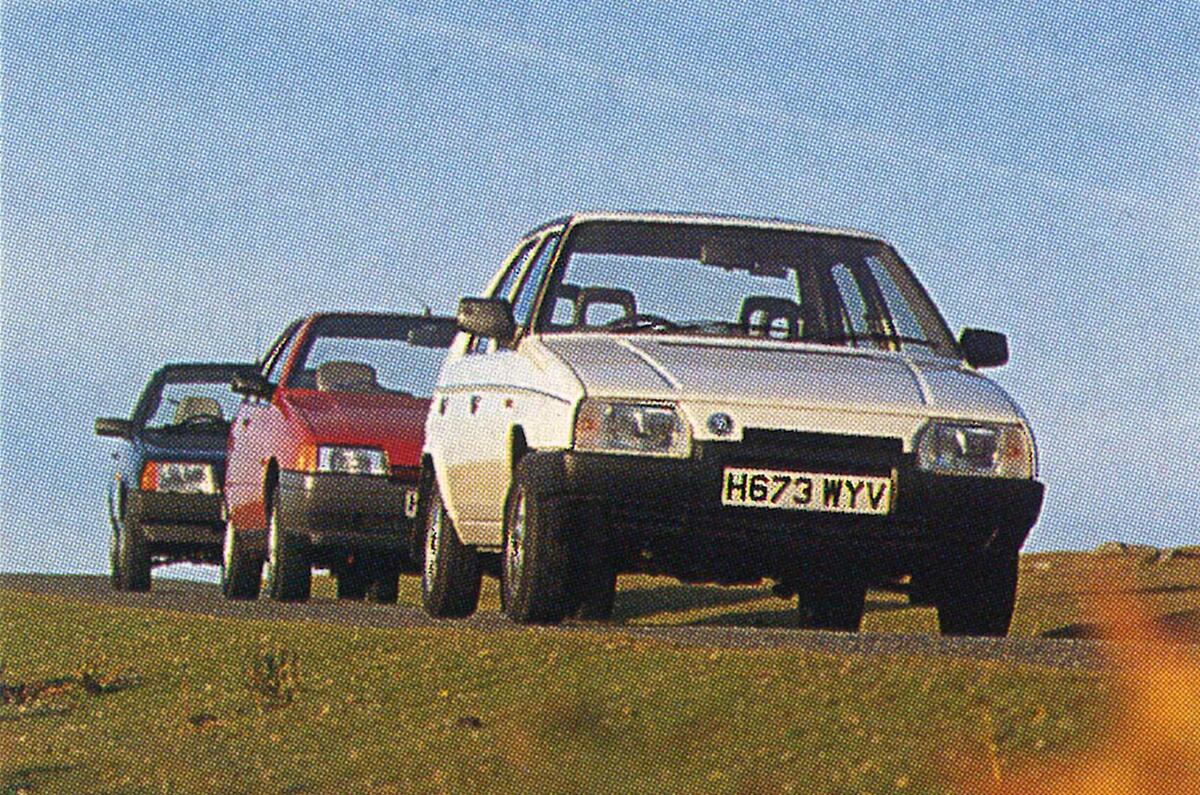

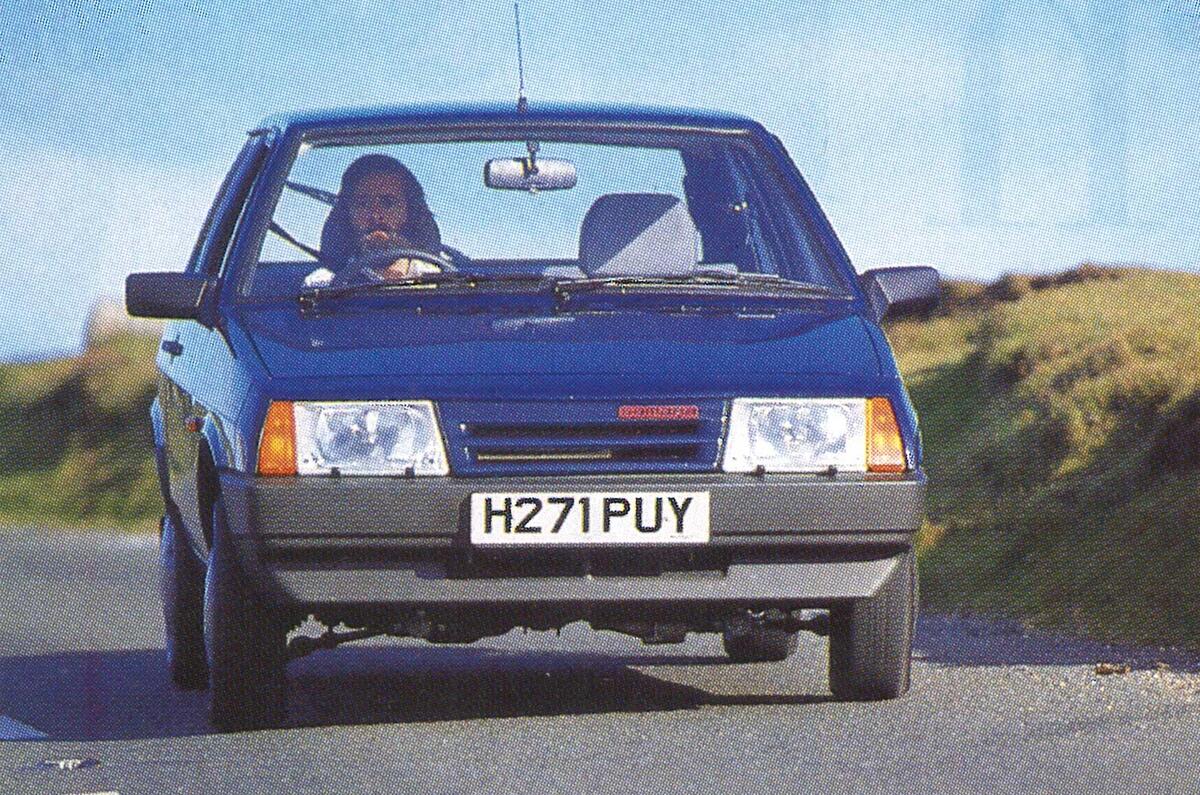
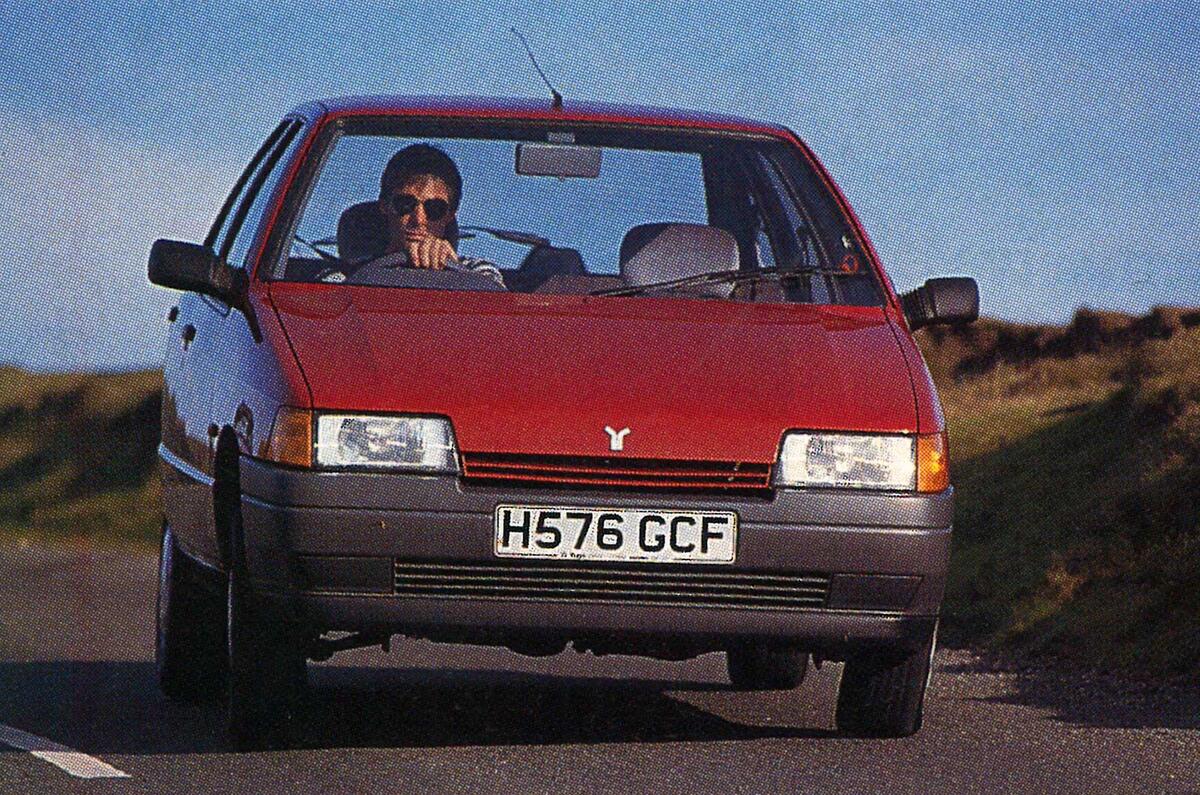
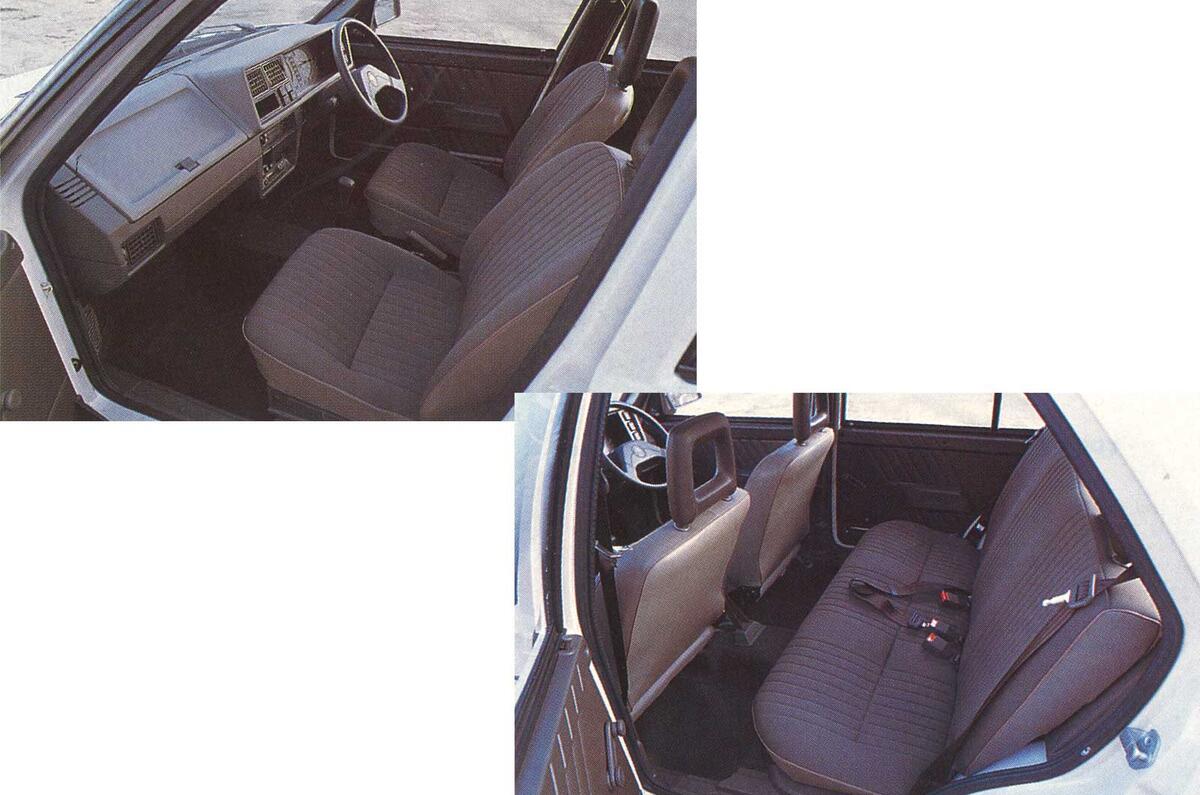
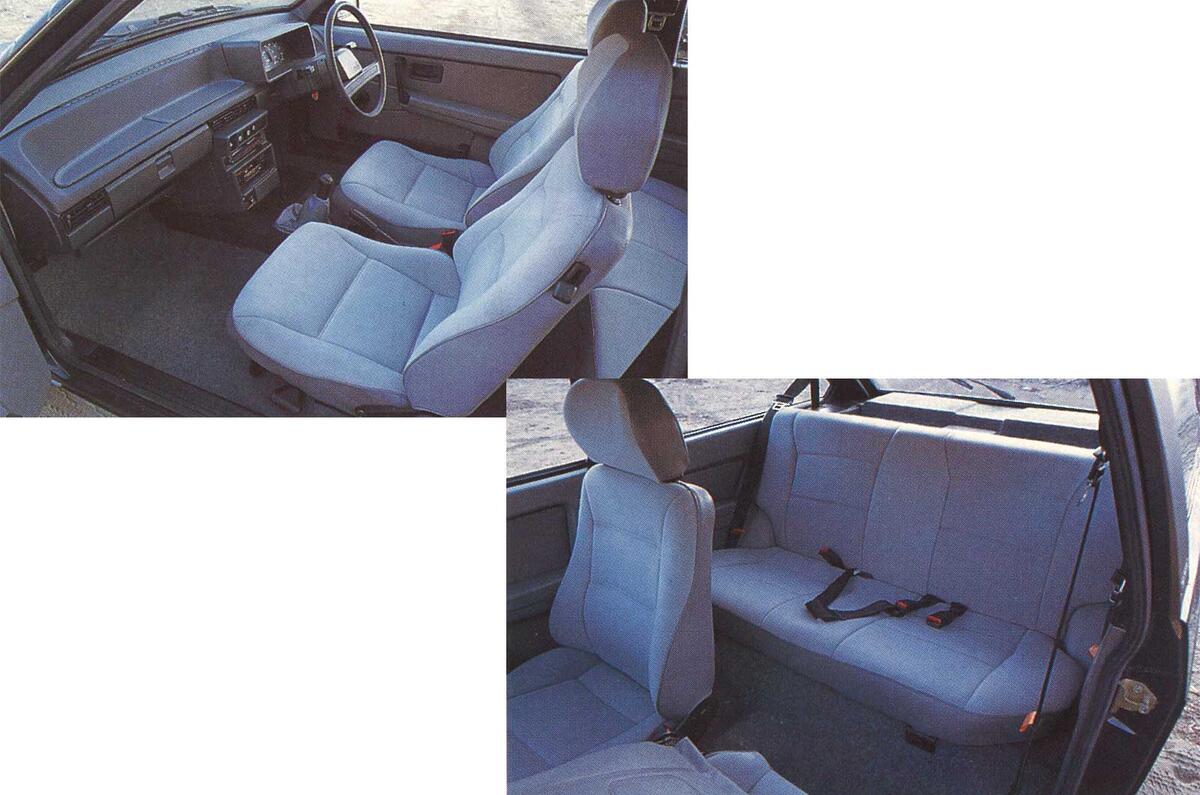
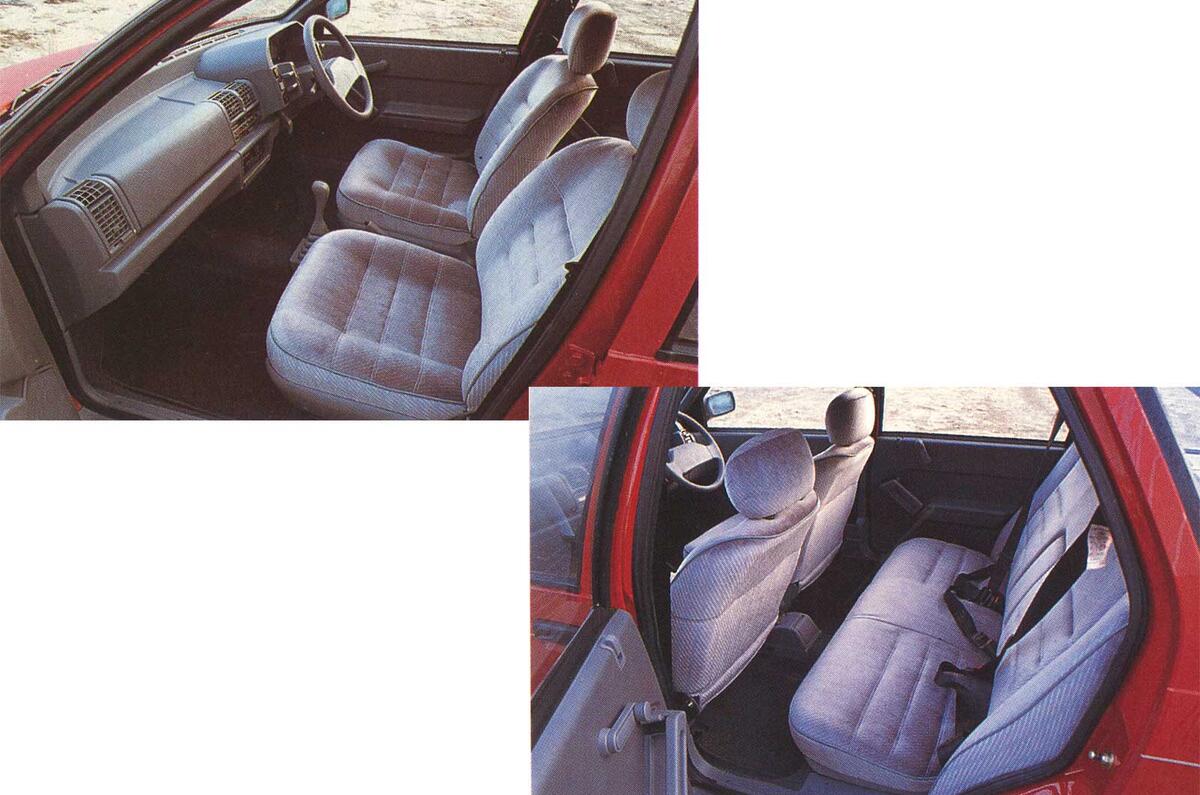
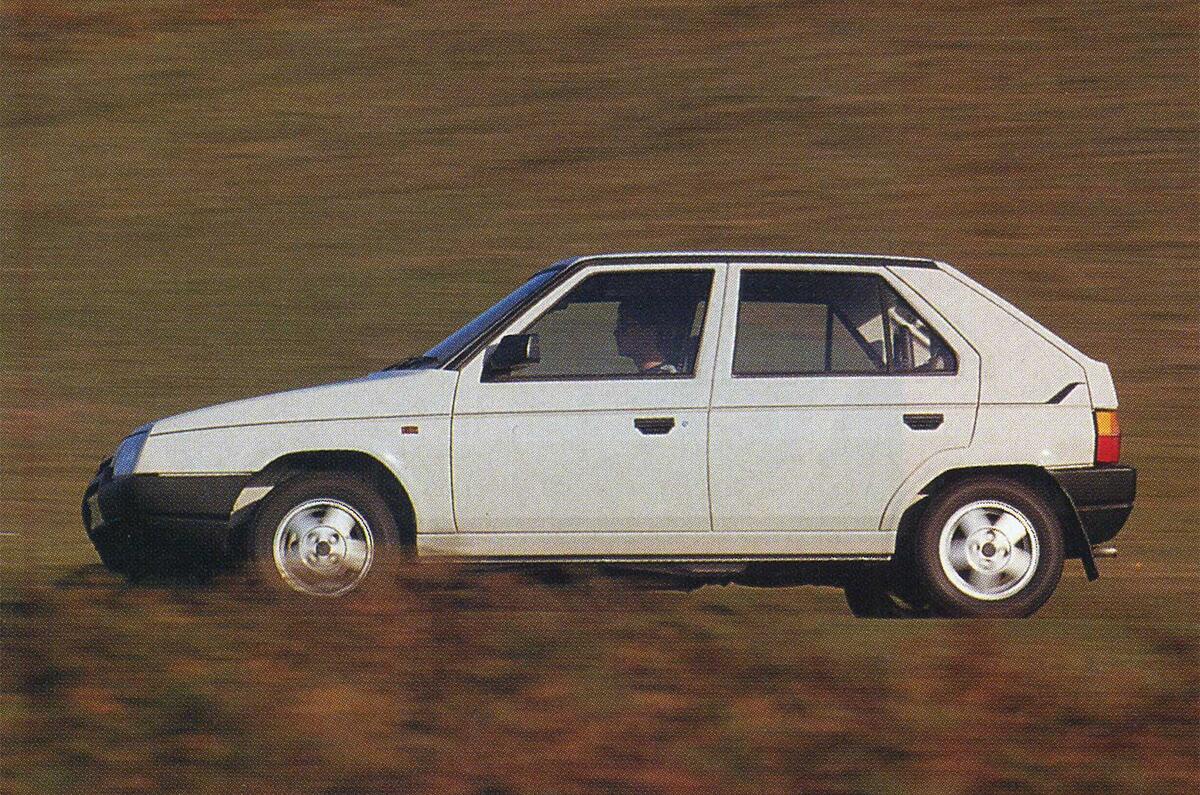
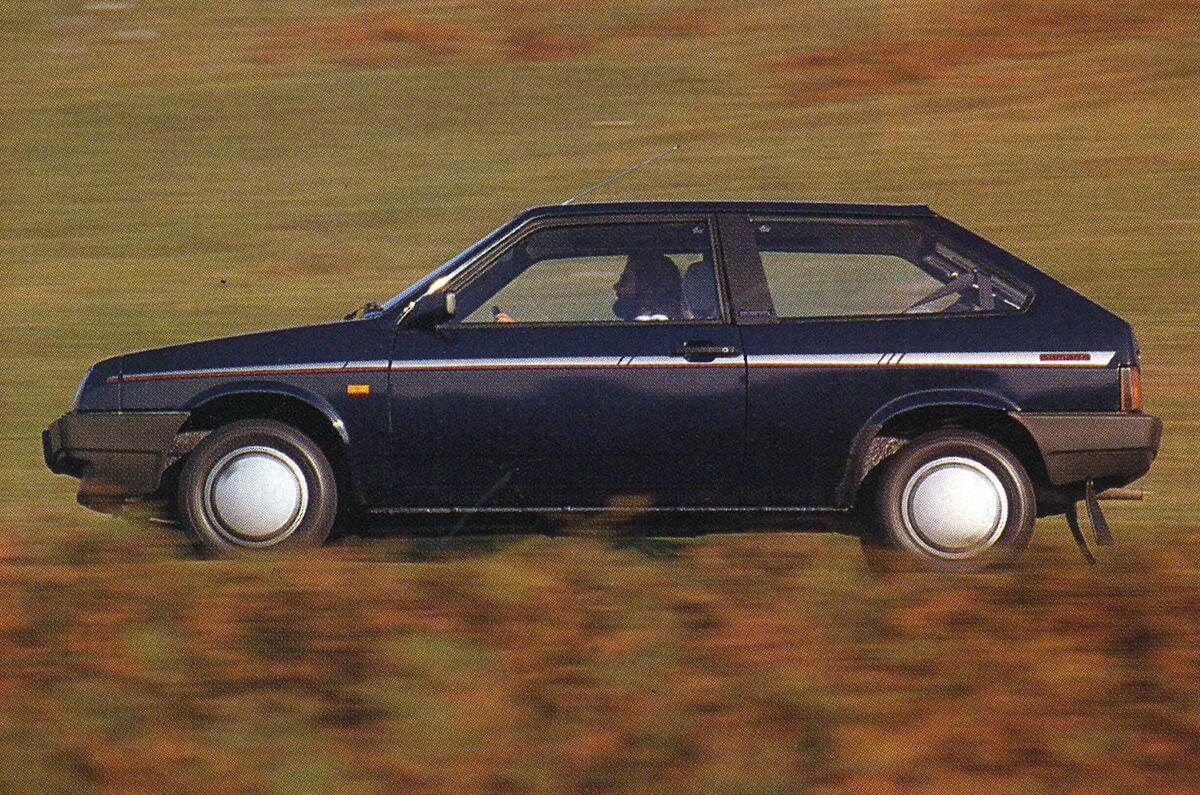
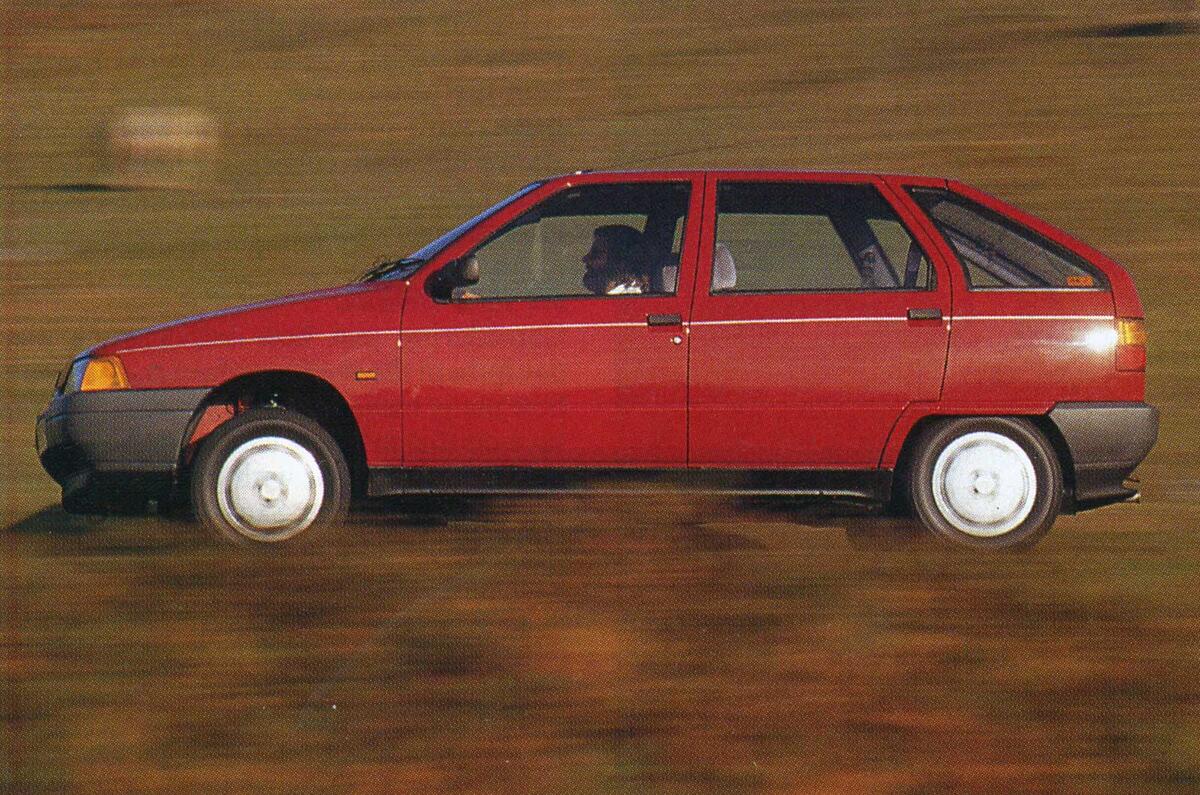
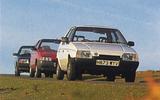


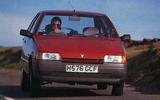
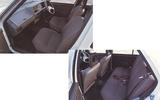
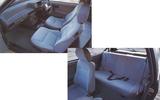
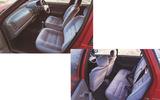
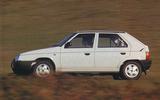
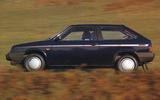
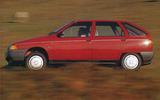


Join the debate
Add your comment
i remember Autocar saying they drove 2 Sanas and they felt completely different, especially the engines
I drive 2 of these
Had both the Lada and Skoda. Skoda was streets ahead, I had 2 of them. The interior was disposable but the later ones with VW input were much better finished. Loved the Favorit, and the Felicia that followed.
The Lada wasn't actually too bad. I think build quality improved and my paintwork was a nicely applied metallic green. And it drive surprisingly well, handled quite tidily and was quite "modern" to drive. Ride was a bit firm though. Nothing went wrong with it except the wiper motor.
But my favourite eastern clock cheapy was...the FSO Polonez! It lumbered along with big roomy cabin and comfortable seats, a nice gearchange and excellent all round disk brakes.
Build quality was aspirational, and it rusted to nothing after 5 years. But I'd have another one today.
Memories
This would have been 96/97 as I passed my test aged 17 in 96. The car had been my granddad's who had passed away.
As someone mentioned above, some people wanted the cheapest possible new car and my grandad apparently got a good deal on the car at the dealers, possibly due to the yellow colour!
I remember bits of the car falling off all over the place. It was ultimately scrapped and can't have made it to ten years old. Still have fond memories though, don't we all of our first cars!
I drive an Octavia now... :)